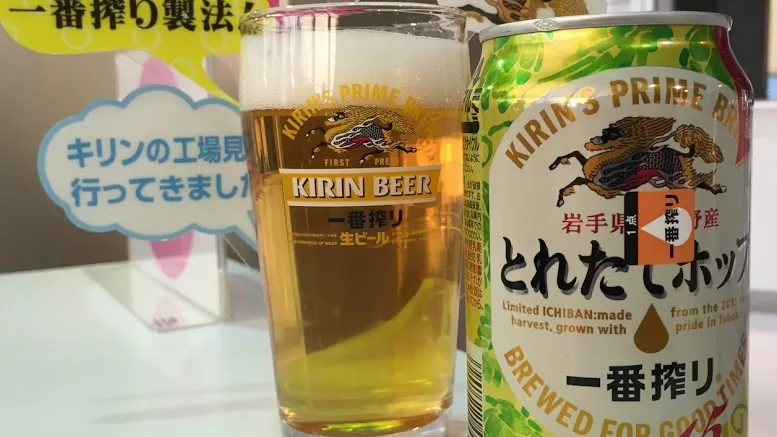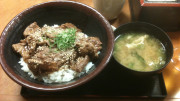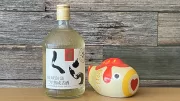Beer—pronounced bi-ru in Japanese—is the most popular alcoholic beverage in Japan. It’s widely available and can even be purchased from vending machines on the footpath, which may seem unusual to visitors from Western countries.

Despite its easy accessibility, Japan doesn’t have the issues with public drinking that some countries experience. You won’t see groups of unruly youths causing trouble or spending all their pocket change on alcohol and cigarettes. Most young people in Japan respect the legal drinking age of 20 and rarely attempt to purchase alcohol underage.
Beer is sold almost everywhere. If you can buy a soft drink, chances are you can buy beer too. And you’re free to drink it in most public spaces—on the street, at the park, even on the train or while waiting for a bus. Interestingly, beer pricing is relatively consistent, whether you buy it at a convenience store, vending machine, or in a pub or café.
Japan is home to three major beer brands—Asahi, Sapporo, and Kirin—each offering a wide range of products. You’ll also find imported beers like Heineken, Stella Artois, San Miguel, and even the occasional Fosters. Within Japan, the domestic brands offer many varieties served in everything from compact 150 ml cans to large one-litre bottles, along with everyone’s favourite—draft beer, poured fresh from the tap.
For beer enthusiasts, a number of breweries offer tours, where you can learn about the brewing process and the high-tech systems behind production. Many breweries offer tours in English and often finish with a tasting session—always a crowd favourite.
If you’re browsing the supermarket shelves, you might come across Happoshu Beer, a low-malt beer-like beverage. Designed to meet lower tax thresholds, Happoshu is significantly cheaper than regular beer. While it looks and tastes similar to beer, purists may notice a difference. However, the savings make it worth a try, especially for budget-conscious travellers.
In addition to Happoshu, Japan also has a beverage known as “third beer” (daisan no bīru), or new genre beer, which is even more affordable. Unlike Happoshu, which contains some malt, third beers are made using alternative ingredients like soy protein, pea protein, or corn to completely avoid malt tax classifications. This allows manufacturers to offer them at an even lower price point. While these beverages mimic the look and feel of beer, the taste can be noticeably different, often lighter and less rich. They’re popular among budget-conscious drinkers and are widely available in supermarkets and convenience stores. As with Happoshu, third beers are worth trying for those curious about Japan’s inventive approach to alcohol taxation and brewing.




